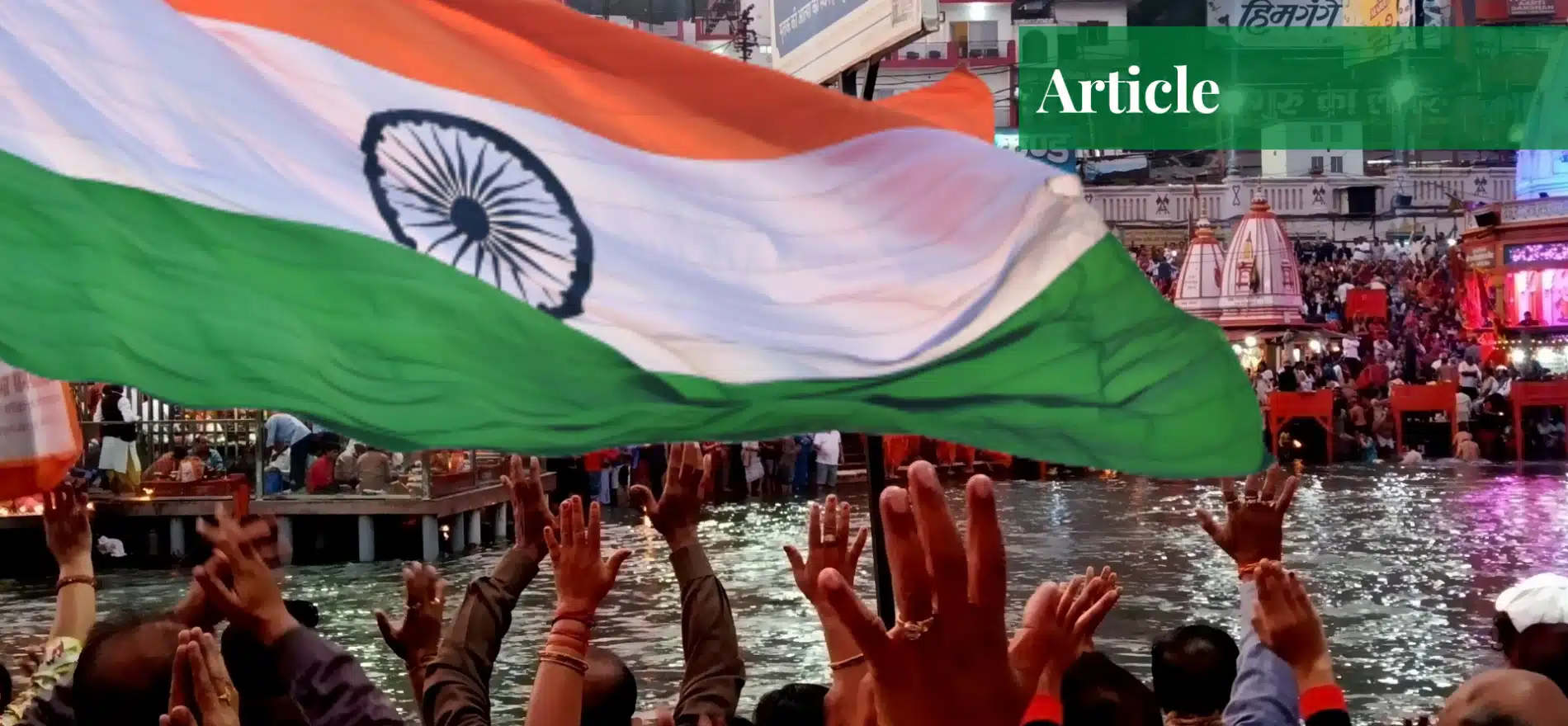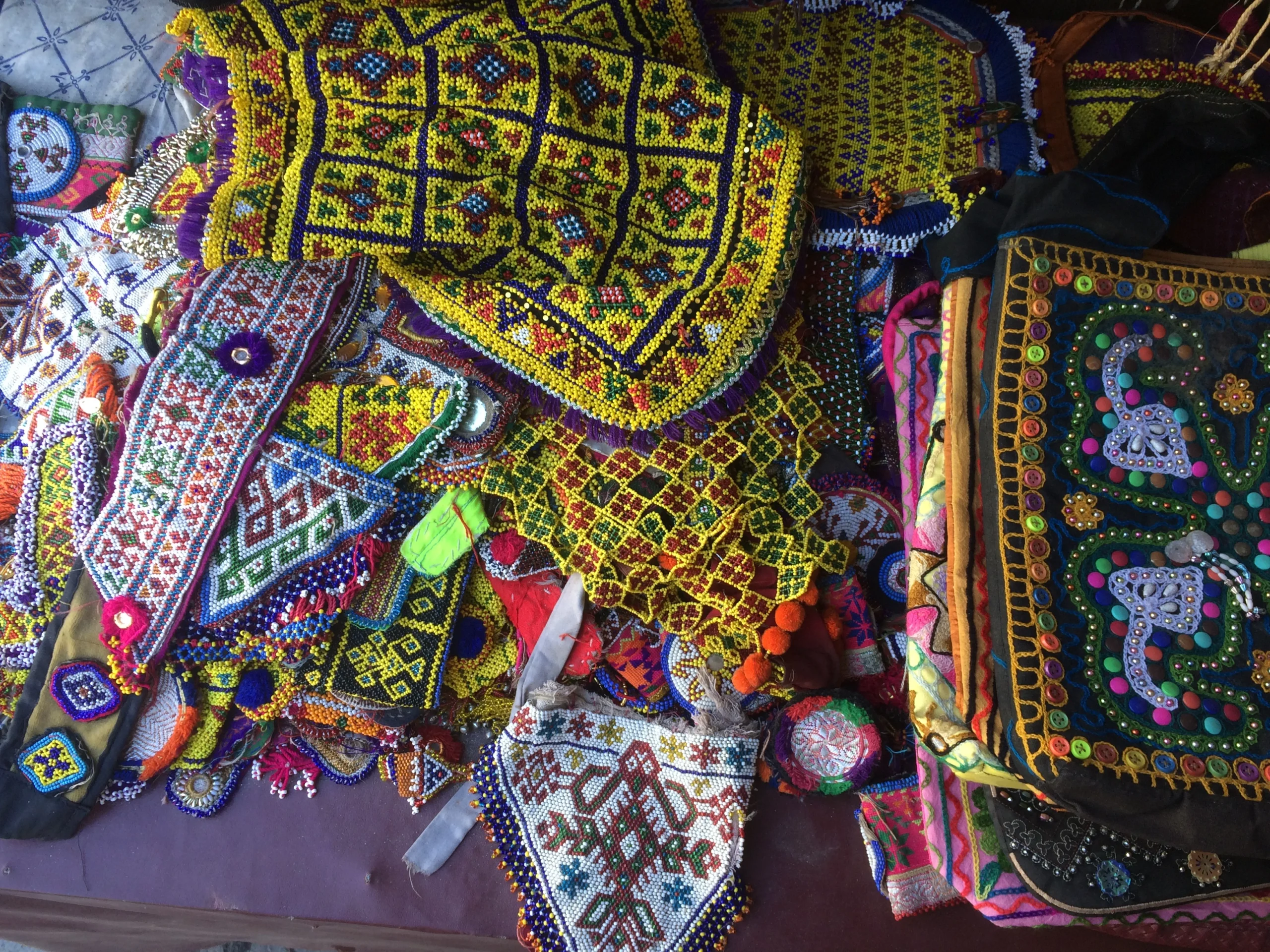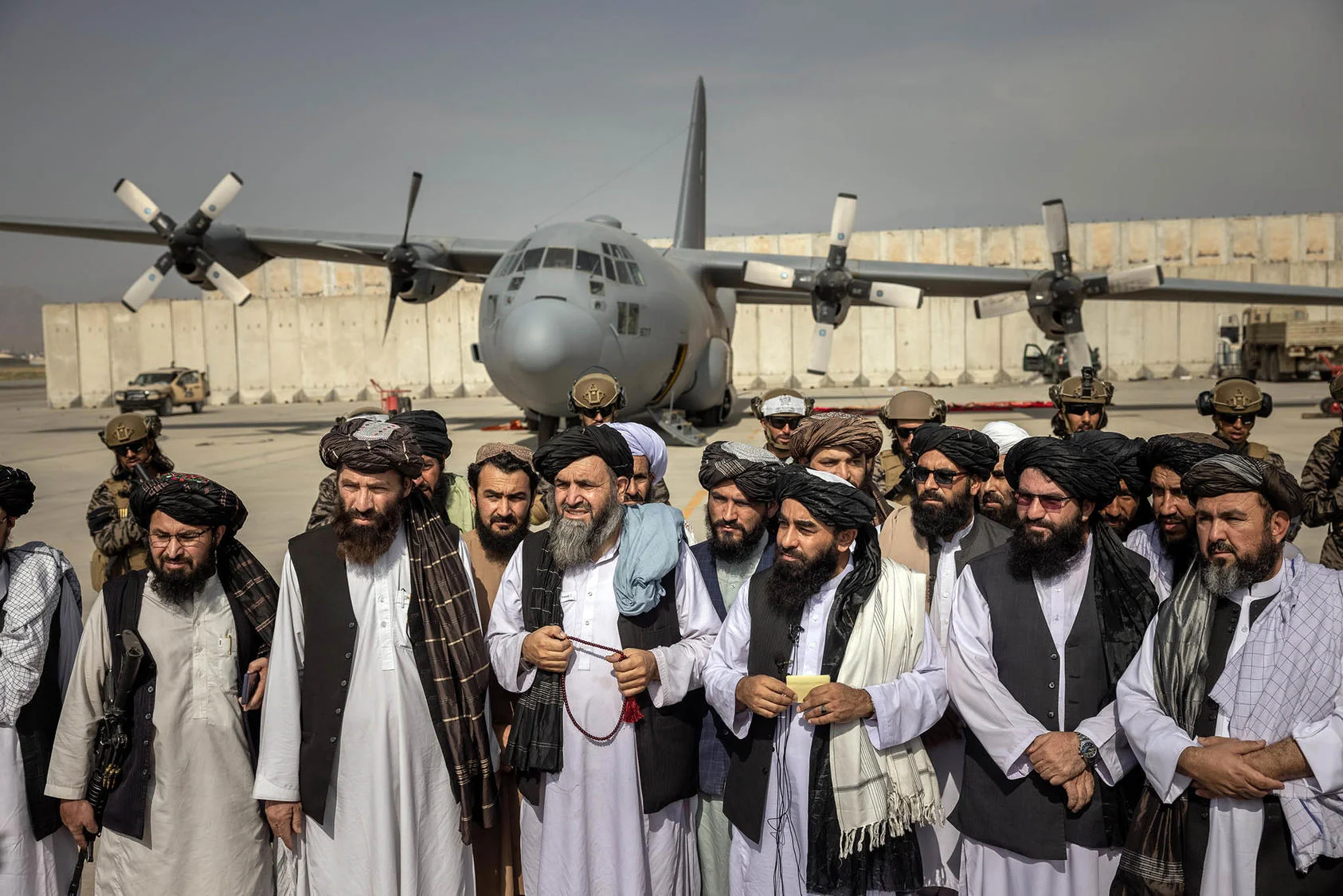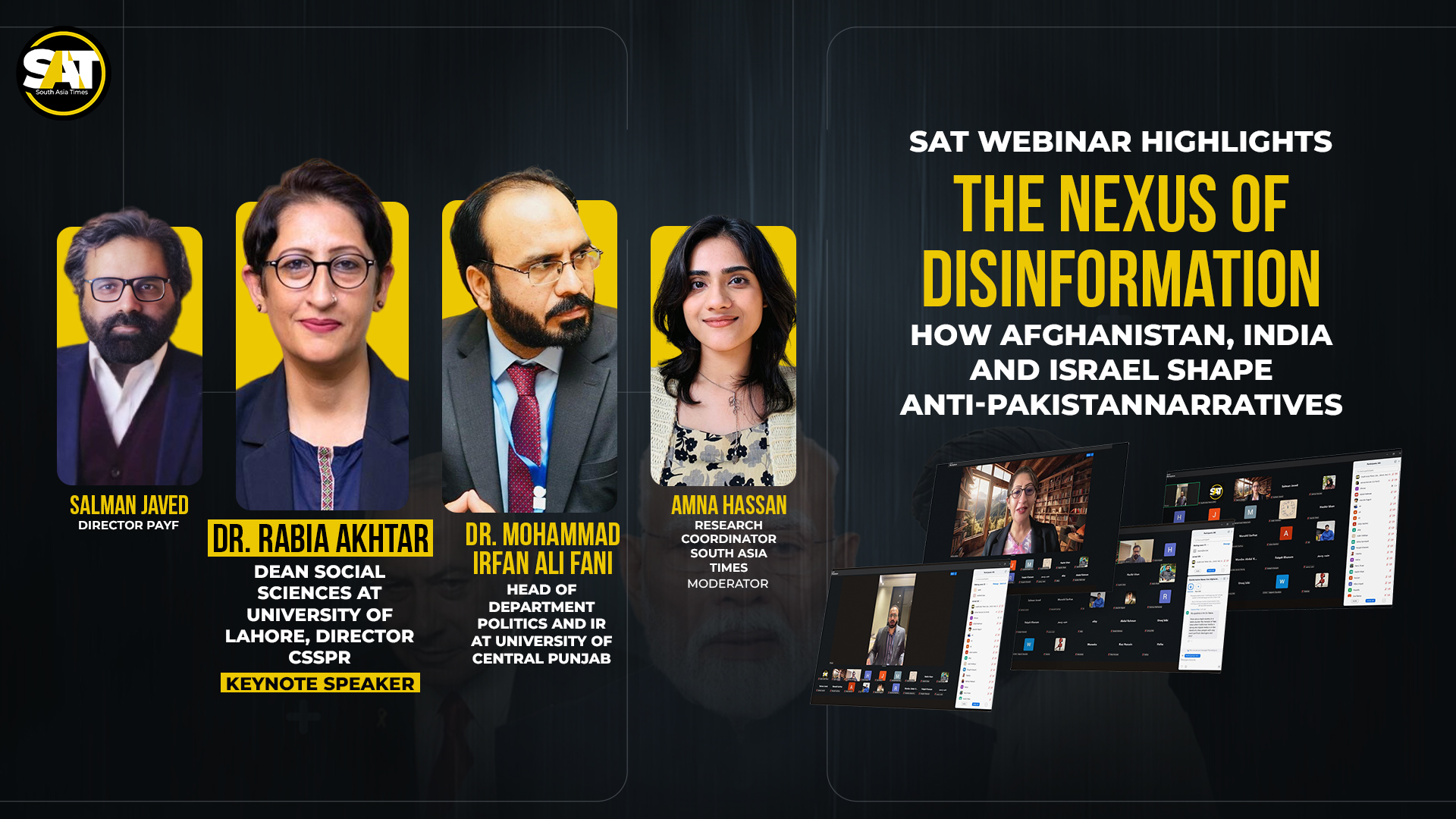Over the last few weeks, large waves of agitation have disrupted the outward calm of the secular democracy of India. On March 18, police in the Indian state of Punjab, in collaboration with the central government, launched an operation against Waris Punjab De (WPD), a Sikh separatist political organization, arresting 78 people and detaining several others for interrogation. However, its leader, Amritpal Singh, is said to have escaped and is currently the subject of an epic manhunt.
While this sequence of events may have rekindled discussion about Khalistan and the Punjab insurgency in the 1980s, it has also coincided with the resurgence of blatant Islamophobia in the country.
Recent reports of communal violence against Muslims in several Indian states during a Hindu religious festival prompt a larger debate concerning the role of religion in contemporary Indian politics and the extent to which it has fueled separatism.
Khalistan: A Story Retold
After reaching a peak in the 1980s, the cause of Sikh separatism in India is said to have waned in the 1990s as a result of governmental crackdowns, factional fighting, and disillusionment among the larger Sikh population. However, following the 2020-2021 farmers’ protests in India, which were preceded by the passage of three farm acts in the Indian Parliament, calls for greater autonomy appeared to be gaining traction once again. When farmer unions, primarily from Punjab and neighbouring Haryana, eventually resorted to starting a movement in which tens of thousands of union members marched towards the nation’s capital, Delhi, they were met with water cannons, batons, and tear gas at the behest of the Indian government to put an end to their protest.
It was during these demonstrations that the actor-turned-activist Deep Sidhu attempted to broaden the agitation’s mission to include struggling for what he claimed were the rights of Punjab. Amritpal Singh, who succeeded Sidhu as leader of the WPD following the latter’s death last year, is said to have been a vocal Sidhu supporter. These developments are eerily reminiscent of yet another Sikh figure of the yesteryears, Jarnail Singh Bhindranwale, whose “Dharam Yudh Morcha” in 1982 drew thousands in the hopes of reserving a larger portion of irrigation water and the return of Chandigarh to Punjab’s fold.
Forty years later, in September 2022, Amritpal Singh assumed formal leadership of a similar cause during a dastarbandi (turban-tying ceremony) conducted for him in the Rode village of the Moga district, the birthplace of Bhindranwale. During his inaugural address, Amritpal asserted that the Sikhs had been enslaved for 150 years, first by the British and then by the Hindus. He stated that Sikh rule was the only means to attain complete independence. He proclaimed a “fight for freedom” after passing 15 resolutions, one of which stated that no one could intervene in Sikh affairs.
Although Amritpal has been dubbed the “new face” of the Khalistan Movement, which seeks to establish an independent homeland for Sikhs in the Punjab region, it is pertinent to recall that the legacy of separatist movements originating in modern-day India has had ramifications for sections of the population who are deemed by the majority as perpetually guilty by association. It is nowhere more apparent than with regard to India’s minority Muslim population.
India versus Islam
Following the crackdown in Punjab, which has resulted in the arrest of over a hundred of Amritpal Singh’s alleged supporters, the country’s majoritarian sociopolitical landscape has become more pronounced in the last week.
In many regions of India, the Hindu religious festival of Ram Navami is now observed by a large procession of sword-wielding individuals.
In recent years, these demonstrations have marched through Muslim neighborhoods while blaring religious music that is typically offensive to the community. They have been intended to elicit a reaction from the Muslims, and this year was no exception.
Violence erupted in several states during the festival, prompting the Indian government to deploy hundreds of policemen and suspend mobile internet service in eastern parts of India. At least one person was purportedly shot dead on Saturday in the town of Bihar Sharif in the Nalanda district of the state of Bihar. A day earlier, Hindutva mobs had set fire to Muslim residences and businesses, including a prominent Islamic seminary. Moreover, dozens were injured and hundreds were arrested in at least 13 cities across at least seven other Indian states in the days following the festival.
Despite India’s supposedly secular character, there have been a number of incidents of religious violence against Muslims, especially since British India was partitioned in 1947. These usually occur in the form of violent assaults on Muslims by Hindu nationalist mobs, which contribute to a recurring trend of intermittent clashes between the Hindu and Muslim communities. Since 1950, more than 10,000 individuals have been killed in communal violence between the two groups in 6,933 incidents between 1954 and 1982.
Over 200 million Muslims reside in India today, constituting the country’s largest minority group in a primarily Hindu country. Despite being a sizable group in its own right, the motives for aggression against it are said to be diverse. Many scholars, however, believe that the roots of animosity can be traced back to Indian history, specifically resentment of the Islamic conquest of India during the Middle Ages, antagonistic laws instituted by the colonial administration under the British Raj, and the subsequent partition of the Indian subcontinent along religious lines, giving birth to Muslim-majority Pakistan and a Hindu-majority India.
Majoritarian Politics
While it may be argued that the prevalence of Hindu-nationalist parties is a significant factor in the escalating violence against Muslims, the propensity of the majority to harbor suspicions about the minority is not a consequence but an underlying cause of nationalist discourse in contemporary India.
In order to comprehend the condition of India’s religious minorities and their struggle for a degree of social and political autonomy, it is essential to distinguish between a democratic citizenry that places its faith in constitutional safeguards and a communal populace, the majority of which tends to view minority dissent as an imminent danger to national security.
As in the case of Muslims, who have traditionally been perceived as hostile outsiders to India’s otherwise territorial social fabric and thus perpetual suspects in the wake of Pakistan’s creation, and Sikhs, whose distinct identity has at least once set off alarm bells of resentment and separatism in the country, India offers a cautionary tale in which religious and political liberties have been rigorously demanded by minority groups and achieved, albeit at a price.






